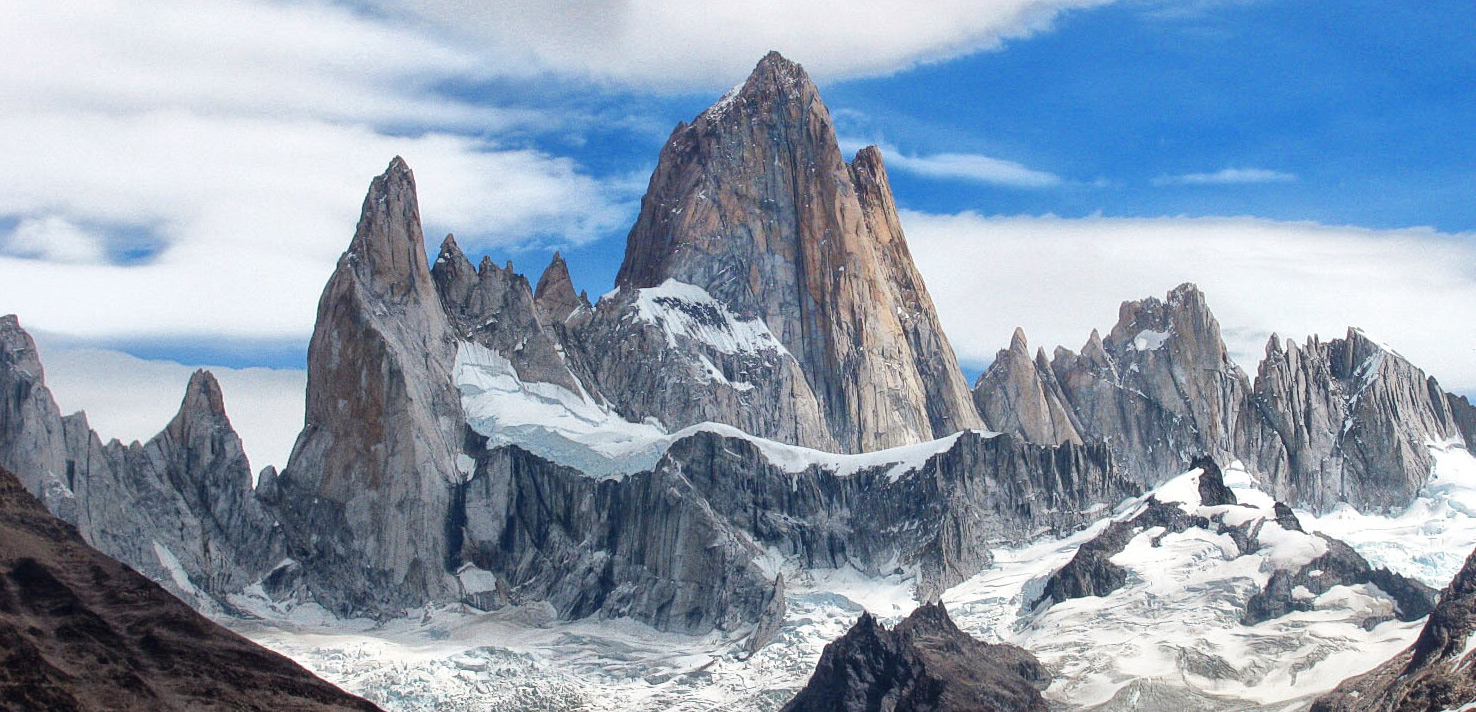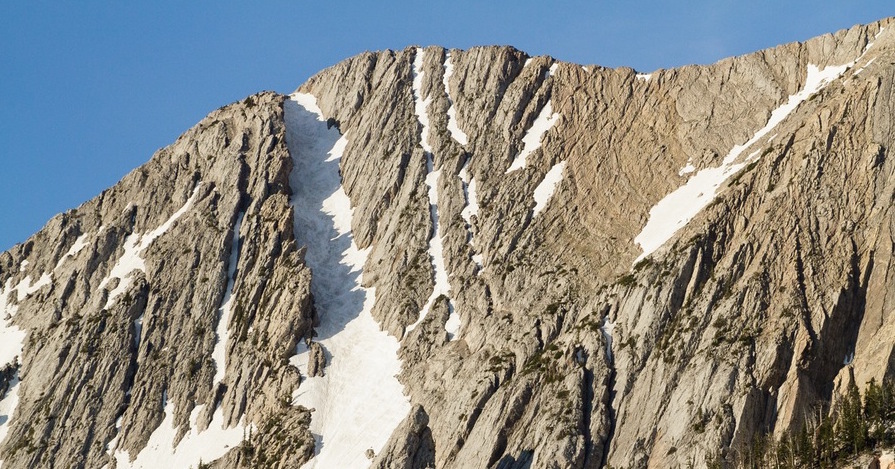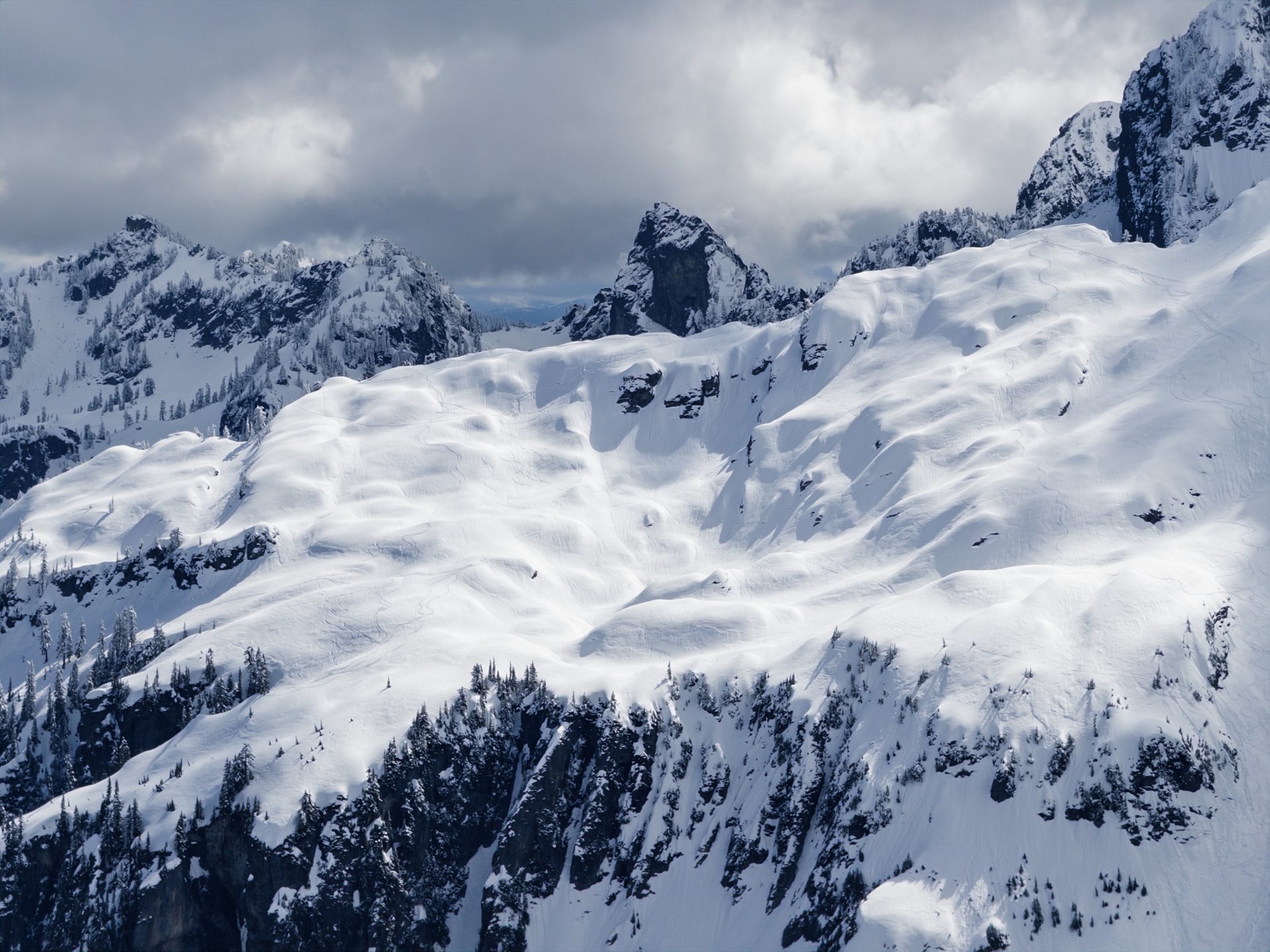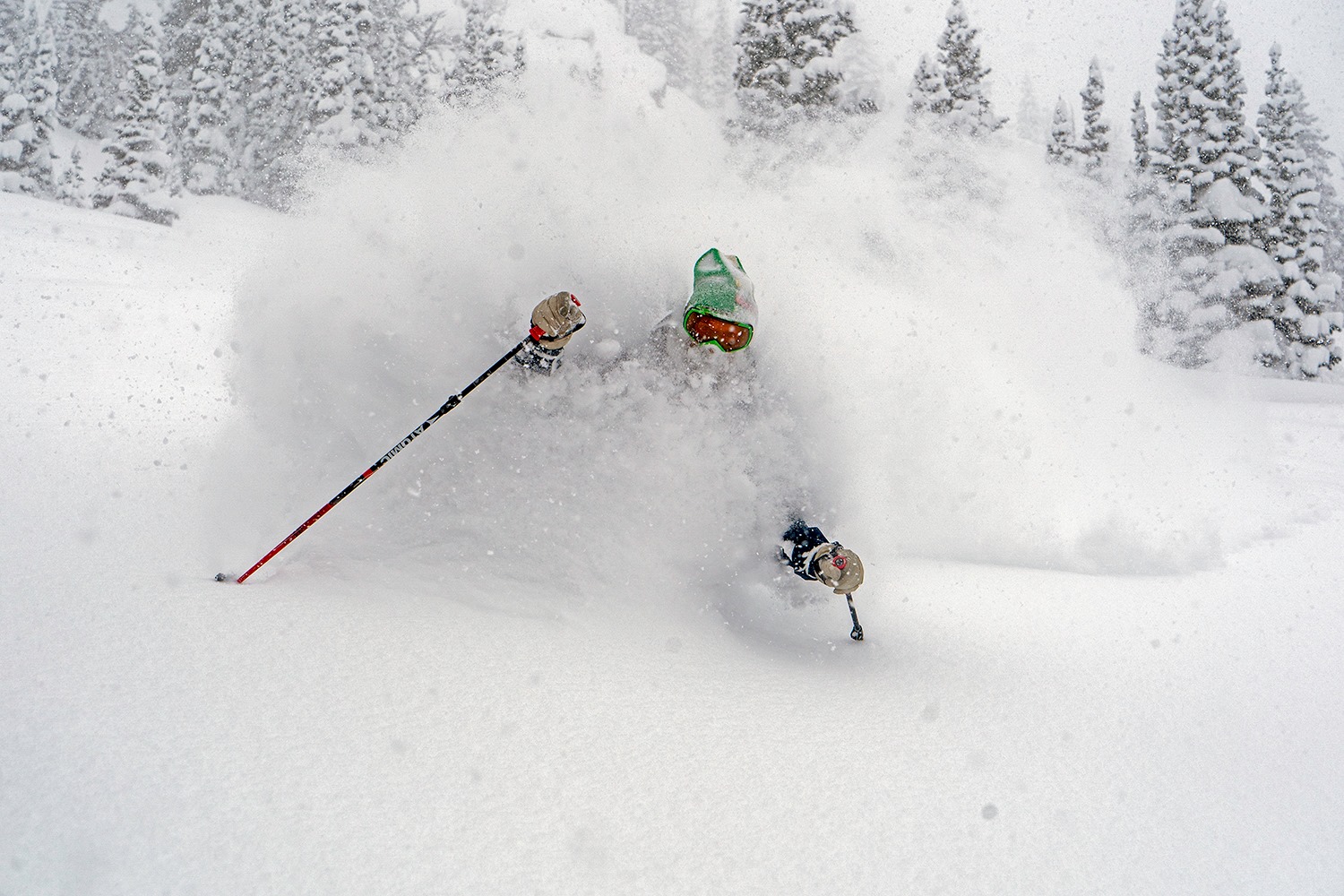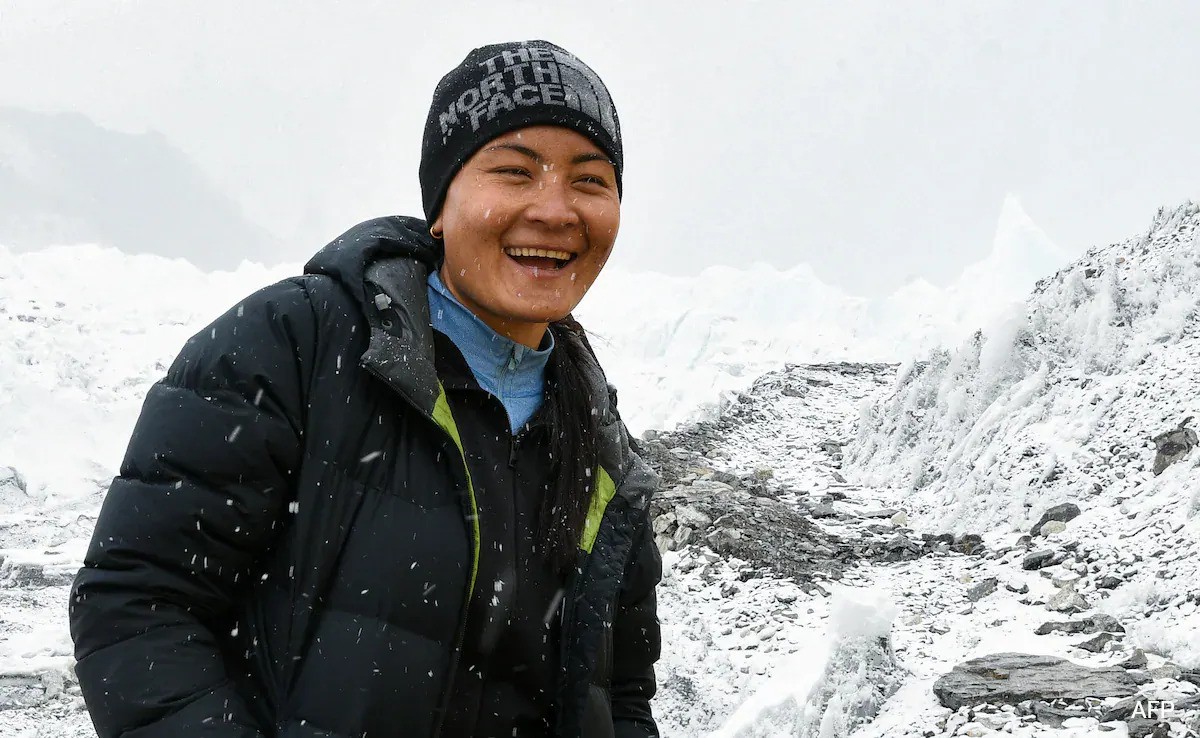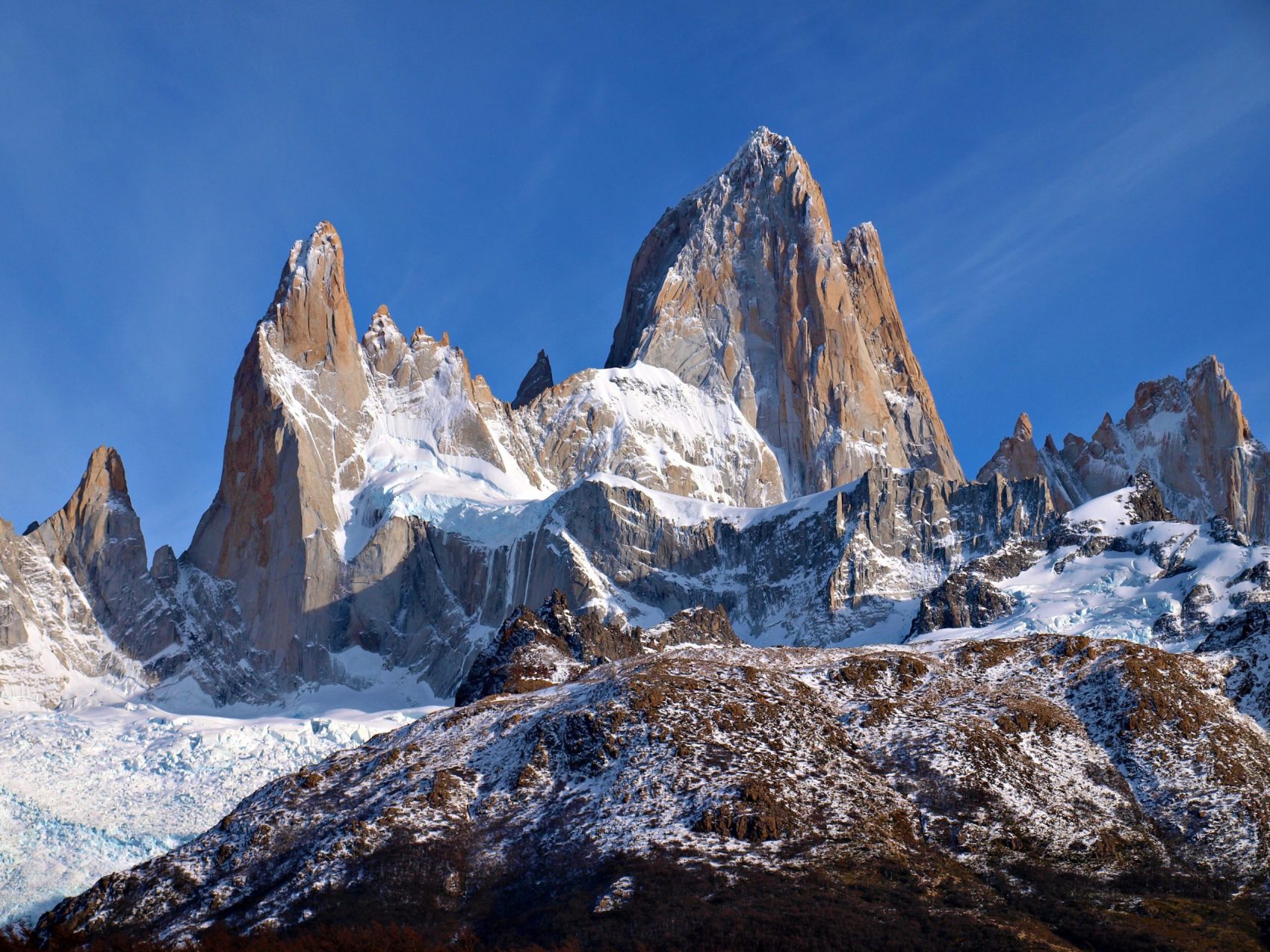
The Fitz Roy is known for its huge and ancient granite spires that every climber wishes to conquer, and for being the highest point in an important group of mountains surrounding the southern Patagonian Ice Field. The “smoking mountain” is located in Los Glaciares National Park on the border between Chile and Argentina in Patagonia, near the town of El Chaltén.
The mount was named by the Tehuelches as Chaltén, which means “smoking mountain” due to the clouds that almost constantly crown its top. The Tehuelches were the last aborigines to populate the current province of Santa Cruz, in southern Patagonia.
Francisco Moreno baptized the mount as Fitz Roy on March 2th, 1877 in honor of the captain of the HMS Beagle, who traveled the Santa Cruz River in 1834. The Fitz Roy family gave Moreno the maps of the area made during the expeditions of the captain on the condition that some geographical landmark was baptized with the surname of the British explorer.
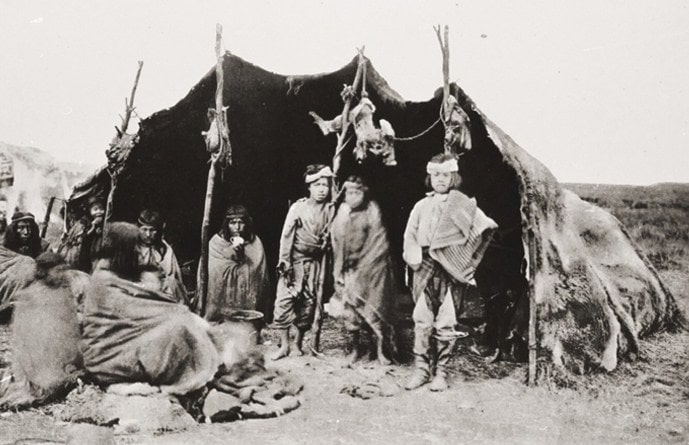
The Tehuelches are an indigenous people of Patagonia in South America, whose current exponents live in Argentina and have become extinct in Chile. These nomadic groups migrated through the steppe between the coast and the mountain range, mainly mobilized by hunting guanacos and Darwin’s rhea.
There are no traces of important settlements of the Tehuelches in the vicinity of El Chaltén as due to their beliefs they avoided areas of forests and mountains. After the gradual occupation of the Spanish settlers from the XVII century and the persecution of the original peoples known as “Campaña del Desierto” the Tehuelches dramatically reduced their population.
Currently Tehuelche communities in Santa Cruz, Argentina province work for the recovery of their cultural and territorial heritage. The Fitz Roy is considered sacred to local indigenous people and is part of their cosmogony.
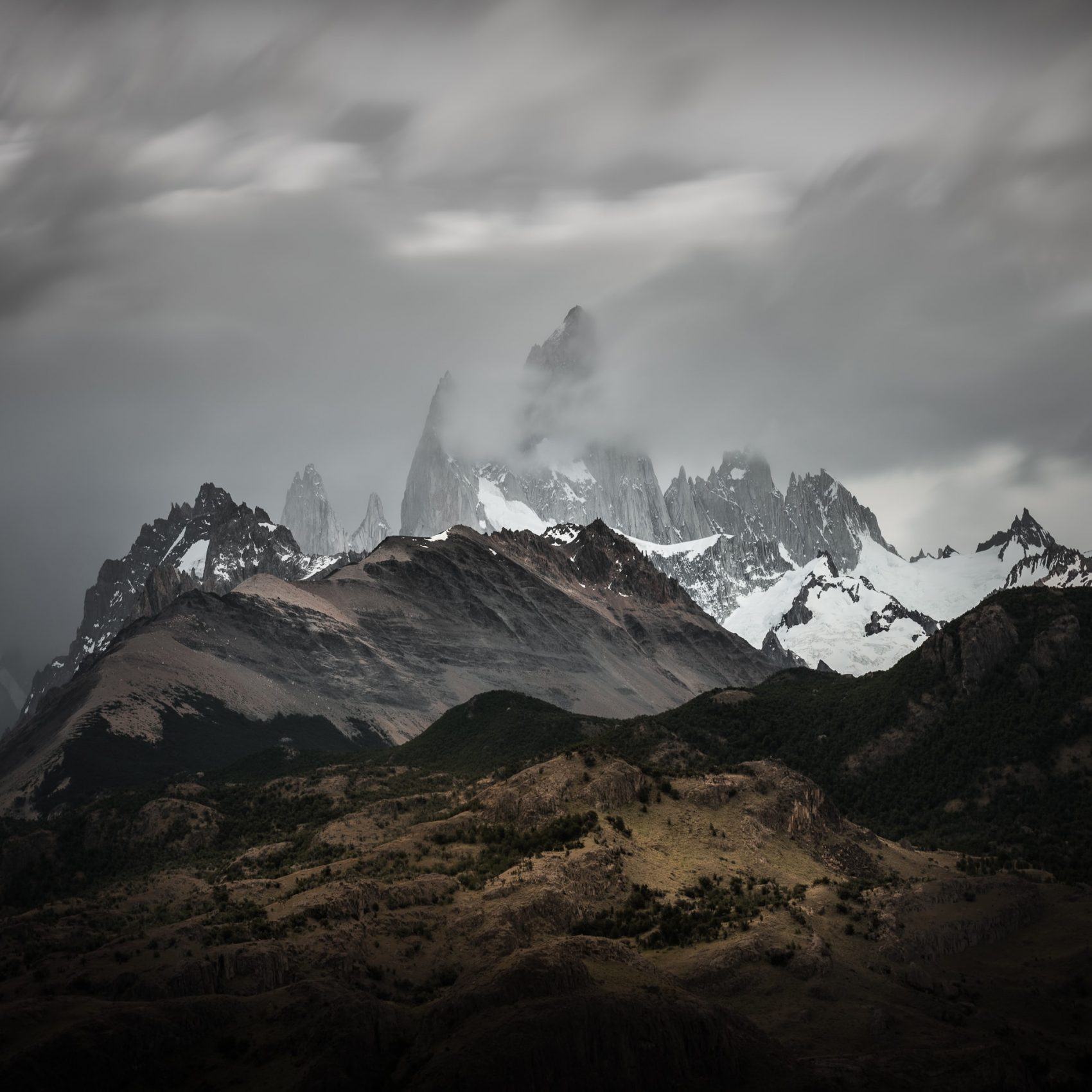
The 11,171-foot mountain prevails among subantarctic forests, glaciers, and a large number of endemic species. The Fitz Roy is one of the great nunataks of the southern Patagonian ice field.
The mountain has a reputation for being extremely difficult. It presents enormous extensions of almost vertical slabs, polished and slippery on which winds of enormous force constantly beat, requiring maximum technical expertise on the part of the climber.
In 1932, Alberto de Agostini, mobilized by his personal interest in geography and mountaineering, began to explore El Chaltén. The photographs of his expeditions in the Andes aroused great interest in the mountaineering environment. This led to the beginning of a time of great Andean conquests.
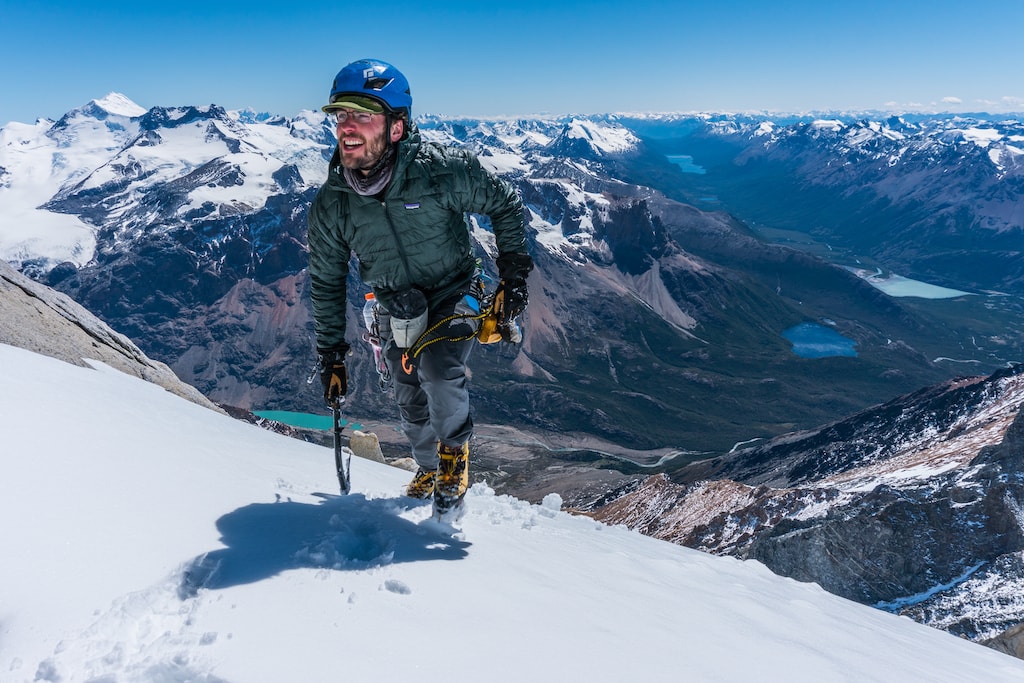
Starting in 1937, the first sports expeditions began to arrive with the intention of climbing the summits of the Fitz Roy. However, the first ascent was by the French Guido Magnone and Lionel Terray in 1952, reaching the summit on February 2th after two days of climbing the southern spur.
After this first ascent, more than fifteen routes have been opened. Some of them as famous as the Supercanaleta, climbed by the Argentines J.L Fonrouge and C. Comesaña in “65 and the Vía de Los Californianos, climbed by Yvon Chouinard, Dick Dorworth, Chris Jones, Lito Tejeda-Flores and Douglas Tompkins.
Since then, many professional athletes have been visiting El Chaltén to face its imposing summit of granite and ice. “The Fitz Traverse” done by Tommy Caldwell and Alex Honnold or “Free Solo and Down Climbed” by Jim Reynolds are just some of the many successes that Fitz Roy has experienced and hopes to continue living.
